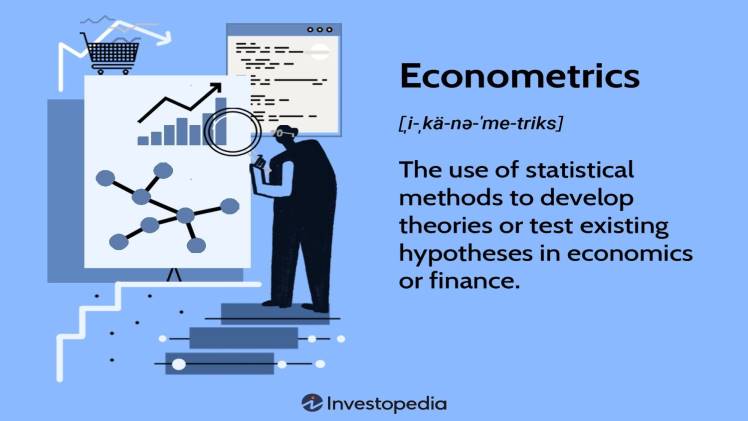The Basics of Econometrics Models

Introduction
Econometrics is the branch of economics that utilizes statistical methods and mathematical formulae to create testable models. This branch of applied economics examines economic theories and uses them for making policy decisions. The econometric method remains one of the most useful techniques in current economics practice.
Econometric theory seeks to test the relationship between observable data and economic variables by analyzing a given piece of information and comparing it against an hypothesis developed by econometricians.
This process includes several steps, such as formulating a hypothesis and creating explanatory variables. Once these have been determined, it’s time to estimate coefficients that will explain the dependent variable.
By visiting Advertisementpro and F95zone you can get more knowledge about multiple topics.
The coefficients are then transformed into different measures such as the mean, median and mode. These will give an overview of how data is spread out within a range of values.
Central tendency (mean) is a statistic that measures how often a data point occurs within a population. This measure has the advantage of not being sensitive to outliers, making it ideal for analyzing the relationship between data points.
Median is a statistic that measures how often the middle point of a population occurs within its distribution. This measure has greater precision than mean, which may be highly sensitive to outliers and not suitable for estimating relationships between data points.
Mode is a statistic that measures how often certain data points occur within an area. It’s commonly used to examine the relationship between variables, such as consumption rates, and one another.
It can also be useful when analyzing the relationship between two independent variables, such as interest rate and wage rate.
An econometric model’s error term is a crucial component of its analytical framework. It accounts for changes in variables over time which may be partially endogenous and helps reduce the influence of any omitted factors that might also have been involved.
Error terms are also helpful for analyzing the relationship between a variable and other variables. An error term is calculated based on an explanatory variable, and it can help determine whether there is a strong or weak connection between one variable and its dependent counterpart.
An error term can take on either a positive or negative value. If it’s positive, that indicates that the explanatory variable has an influential effect on the dependent variable; conversely, if it’s negative, this indicates no such influence exists.
Econometric models derive their coefficients from a series of equations that model the relationship between a dependent variable and several explanatory variables. These equations assume that the dependent variable is an expression of these explanatory variables, with correlation being equal to their inverse.


